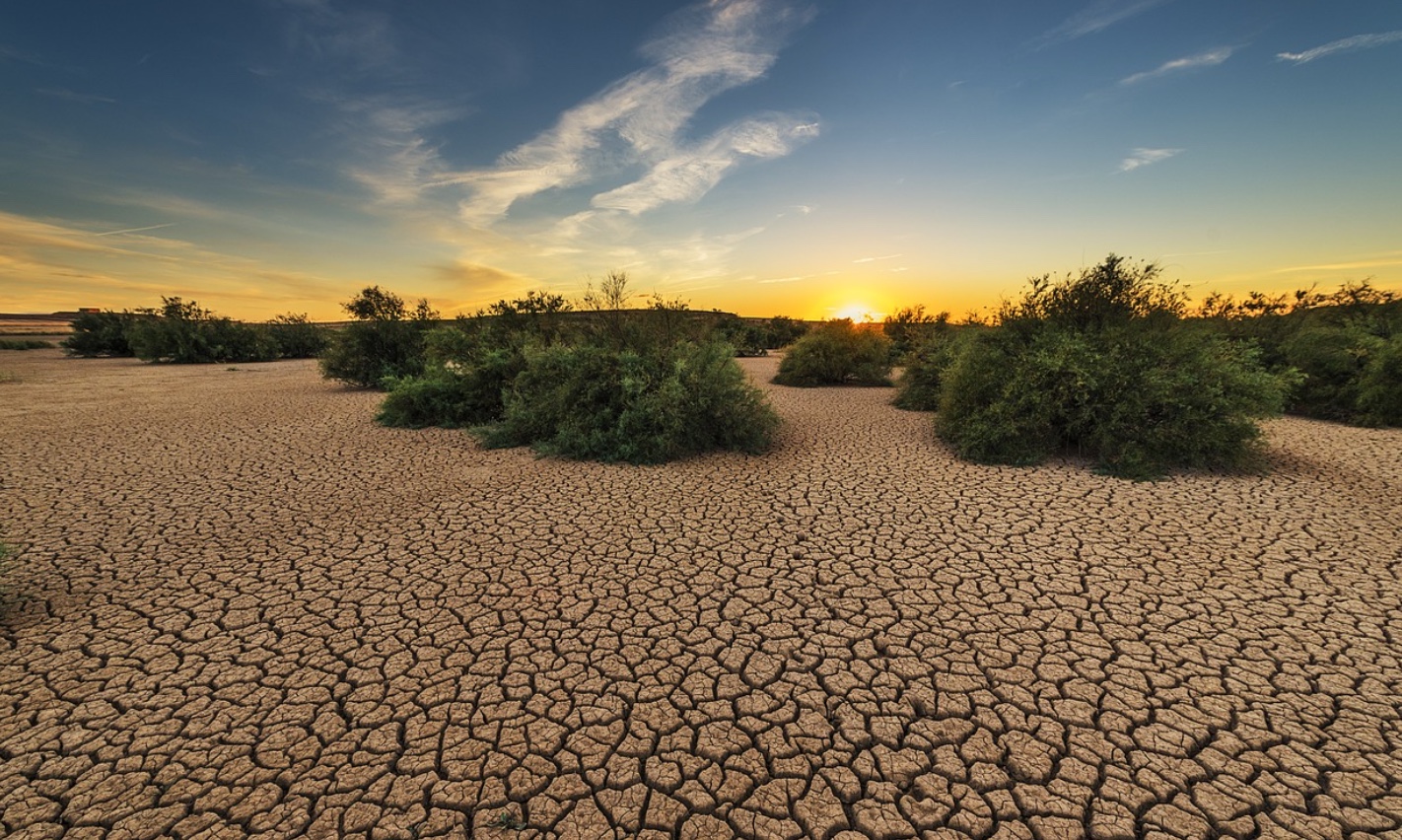
There are many unknowns about the Earth’s core, located approximately 1,800 miles beneath us. A recent study has uncovered a finding that may assist scientists in understanding its enigmatic internal mechanisms.

The study proposes that the Earth’s core might be surrounded by an ancient oceanic crust containing massive mountains five times larger than Mount Everest.

This revelation was made possible by the creation of the most intricate map of the geology beneath the southern hemisphere of our planet. If validated, this concept of a “recycled” ocean floor could function like a thermal blanket, trapping heat within the core. Samantha Hansen, the lead author of the study and a professor of geological sciences at the University of Alabama, explained in an email to Insider.

The Earth can be likened to a massive recycling facility where materials are constantly being transformed and reused. For a long time, scientists have been puzzled by the transition zone between the mantle and the core.

At a depth of approximately 2,000 miles beneath the Earth’s surface, there is a significant shift in conditions: temperatures rise sharply, and the solid rock of the mantle abruptly transforms into a molten iron mixture within the core.

To gain insights into this boundary, scientists have studied seismic waves generated by earthquakes. These waves travel from the earthquake’s epicenter through the Earth’s interior, offering valuable information about the composition and structure of the planet’s deep layers.

“Admittedly, to most people, seismic data is probably not that interesting to look at. It is a wiggly line that varies with time. But that wiggly line contains an amazing amount of information!” Hansen told Insider. Previously, scientists had identified regions known as ultra-low velocity zones (ULVZ) near the boundary between the core and the mantle, where seismic waves unexpectedly decelerate. However, these areas were only found in isolated patches.

To explore the extent of these ULVZs, Hansen and her team conducted research in Antarctica. They deployed seismic instruments at 15 locations across the continent and gathered data over a three-year period.

Their findings revealed that the ULVZ was more extensive than initially believed, spanning a significant portion of the southern hemisphere. This suggests that this layer envelops the entire core, according to Hansen. Through modeling, the team concluded that this layer likely consists of remnants of ancient oceanic crust that have been subducted over time as tectonic plates converged and diverged.

“As the results came together – both from the seismic work and the geodynamic models – it was quite exciting to see the similarities between them,” she said. “Together, they make a compelling case for subducted oceanic materials being the main source of ULVZs,” she said.

The ocean floor is an ideal candidate for this layer, as explained by Hansen. Its high density allows it to sink through the mantle due to its weight. Additionally, under the intense pressure deep within the Earth, the ocean floor is likely to become more resistant to heat.

These characteristics of the oceanic crust could clarify the significant and distinct changes observed at the boundary between the core and the mantle. “By having this additional layer blanketing the core, the heat won’t be able to escape as easily/readily,” Hansen said.

Understanding the mechanisms of heat transfer and dissipation from the core is crucial. The variations in temperature within the core play a significant role in the formation of mantle plumes, such as those responsible for creating volcanic island chains like Hawaii, according to Hansen. Furthermore, these temperature fluctuations impact the Earth’s magnetic field.

Before incorporating this new layer of knowledge into scientific literature, further research is necessary to eliminate alternative explanations. Some theories propose that the ULVZ could be attributed to a completely unknown material resulting from unique chemical reactions at the boundary.

Alternatively, others suggest that the unusual seismic data observed at the boundary may be linked to a specific form of melting that is not yet fully understood, as noted by Hansen. If Hansen’s team’s findings are accurate, they could introduce a new dimension to the narrative of Earth’s formation.

“If ULVZs are associated with these subduction materials, they could help us get a better understanding of how the overall plate tectonics cycle works and how our planet has evolved through time,” said Hansen.

